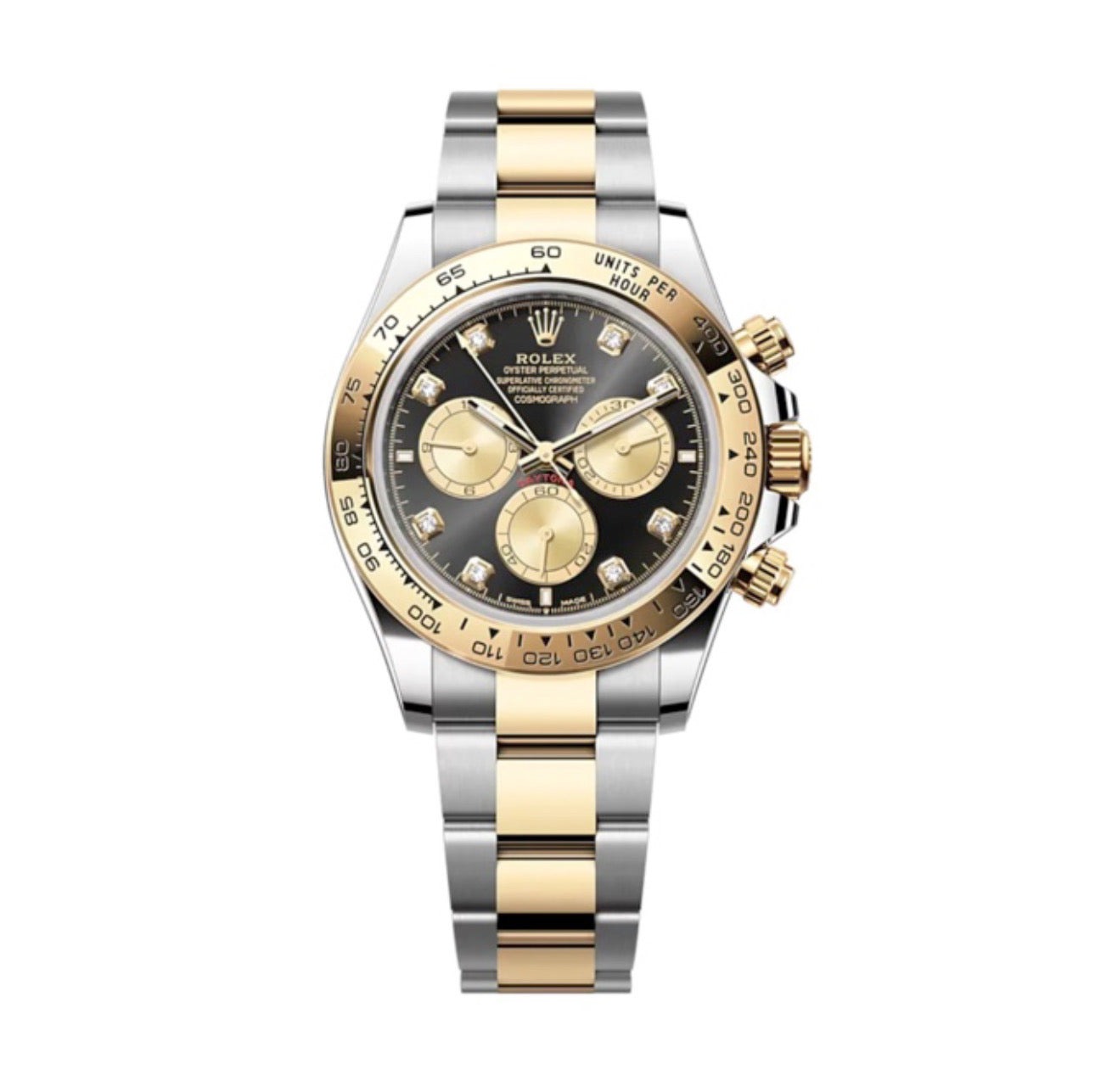Why Rolex Watches Are Popular Among Celebrities
Why Rolex Watches Are Popular Among Celebrities
Blog Article

rolex clone
Why Celebrities Choose Rolex Watches for Prestige
Why Rolex Watches Are a Celebrity Favorite - Discover the Allure and Prestige
The allure of luxury timepieces remains an enduring fascination among the elite. Renowned for precision and craftsmanship, these remarkable accessories serve not just as functional instruments for tracking time, but as symbols of status and sophistication; qualities that draw admiration from the public eye and resonate with high-profile individuals. In an age where every detail matters, the meticulous engineering of these horological masterpieces elevates them to coveted items among the affluent.
Among the most sought-after brands is a name that evokes instant recognition. Its reputation has been meticulously crafted over more than a century, marrying historical significance with modern-day elegance. Silicon Valley titans and Hollywood stars alike don these pieces, signaling wealth, accomplishment, and an unwavering commitment to quality. The craftsmanship that goes into each model not only showcases unparalleled artistry but also reflects the lifestyle aspirations of those who wear them.
Influencers in various fields gravitate towards these branded timepieces, often using them as signature elements of their personas. A simple glance at red carpet events reveals a consistent trend; the presence of these timekeepers signifies not only personal taste but also an affinity for items that symbolize achievement. As trends emerge and fade, classic designs remain timeless, allowing individuals to invest in pieces that endure as integral components of their wardrobes.
The Heritage of Rolex and Its Craftsmanship
Established in 1905, this Swiss brand combines tradition with innovation, garnering attention from horology enthusiasts and collectors worldwide. Each piece showcases over a century of expertise in watchmaking, marked by precision engineering and meticulous artistry.
The creation process begins with selecting premium materials such as 904L stainless steel and 18k gold, ensuring durability and elegance. The in-house manufacturing of components allows for strict quality control, with a focus on both functionality and aesthetics. Each mechanism undergoes rigorous testing to ensure reliability under varying conditions.
A hallmark of this brand is its iconic designs. Models such as the Oyster Perpetual and the Datejust exemplify timeless elegance, balancing classic charm with modern technology. The signature Oyster case, introduced in 1926, provides water resistance, while innovations like the self-winding movement revolutionized timekeeping.
Skilled artisans dedicate countless hours to finishing and assembling each timepiece. This labor-intensive process highlights the brand's commitment to excellence, with features such as intricate guilloche patterns on dials and the hand-applied luminescent markers that enhance readability.
Limited editions and unique collaborations with cultural icons further elevate the desirability of these creations. Collectors value not only the precision of the movement but also the story behind each model, linking it to significant moments in history or pop culture.
Ultimately, the blend of heritage, exceptional craftsmanship, and a steadfast dedication to quality establishes a timeless legacy that resonates deeply within the luxury segment, making these timepieces a symbol of status and refinement.
The Origins of Rolex: A Historical Perspective
Founded in 1905 by Hans Wilsdorf and Alfred Davis, the brand originated in London, focusing on the importation of Swiss timepieces. The pivotal moment came in 1908, when Wilsdorf registered the trademark "Rolex." The name was chosen for its brevity and ease of pronunciation across different languages, enhancing global appeal.
By 1910, initial recognition arrived via the first wristwatch certified as a chronometer by the Swiss Official Chronometer Testing Institute. This marked a significant milestone, establishing the brand's commitment to precision and reliability. In 1919, the headquarters moved to Geneva, a city synonymous with horological excellence.
Innovations soon followed. The introduction of the Oyster case in 1926, which provided exceptional water resistance, set new standards in watchmaking. The 1931 creation of the Perpetual rotor harnessed kinetic energy, enabling automatic winding. These advancements not only reflected technical prowess but also catered to a growing desire for durability among consumers.
The 1950s saw iconic models emerge, including the Submariner and the Daytona, both of which became synonymous with adventurous pursuits and motorsport. These designs fortified the connection between the brand and a spirit of exploration and achievement.
Through strategic marketing and high-profile endorsements, the brand endeared itself to influential figures across various fields. Celebrity endorsements soon followed, further embedding the watches in popular culture and enhancing their allure.
Today, this legacy continues, with a focus on exclusivity, craftsmanship, and timeless appeal, making the brand a symbol of success across different domains. The historical journey not only illustrates technical innovation but also a keen understanding of consumer desires and cultural trends.